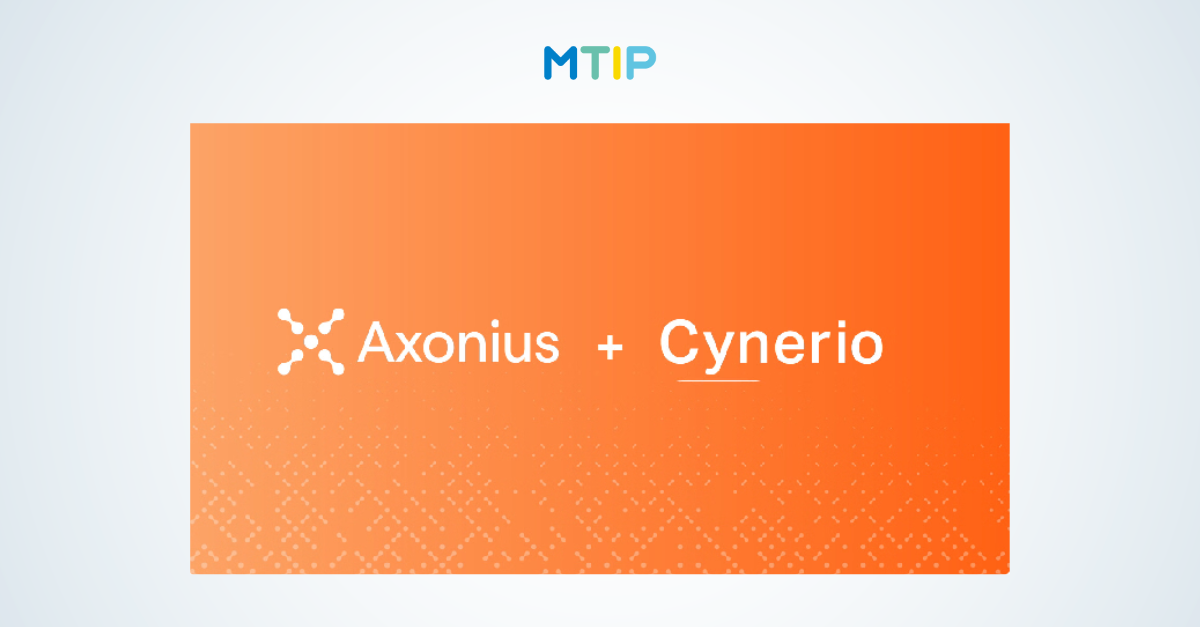In the last decades, our world and societies have been facing various alarming environmental emergencies. Governments, Politicians, Companies, and even Celebrities are talking about a wide range of raising concerns, often under the premise: “act now!”. The establishment of the Paris Agreement was the very first step towards a universal, legally binding, global climate change agreement at the Paris climate conference in December 2015. The target? To reduce emissions. Precisely: to keep the increase in global average temperature to well below 2°C and to aim to limit the increase to a maximum of 1.5°C. The next step was to set up the 2030 Agenda for Sustainable Development. As a “plan of action for people, planet and prosperity” the agenda 2030 aims with 17 Sustainable Development Goals (SDGs) to “strengthen universal peace in larger freedom”.
ESG vs. SFDR
In the investment sector, we have been using environmental, social and governance (ESG) characteristics to evaluate potential portfolio companies to achieve the target of more sustainable investments. For the financial sector, a new regulation was put into action in 2021 – the Sustainable Finance Disclosure (SFDR). Starting from March 10th the SFDR sets out sustainability disclosure requirements for different participants of the financial market, advisers, and financial products. The regulation focuses on foreseen metrics for evaluating ESG outcomes of any given investment procedure. The goal here is to disclose, as the regulation clearly states in its name. A variety of rules are placed to make sure that any harmful impact by investee companies gets identified.
At MTIP we acted and ratified the regulations early on. Furthermore, we are fully compliant with Article 9 of the regulations. But what does this even mean? SFDR brings one important set of rules to the table, to classify mandates and funds into three distinctive categories.
SFDR Art. 6 vs. Art. 8 vs. Art. 9
We will have a closer look at Art. 6, Art.8, and Art. 9 of the regulation:
Article 6: Transparency of the integration of sustainability risks
Article 6 covers funds that do not promote themselves as being sustainable. This means that these types of funds do not integrate ESG factors and objectives into their strategy or investment process. No major changes occurred after the SFDR was established, meaning that these types of companies can continue with their business in the EU if they label themselves as non-sustainable. Given that SFDR regulations are getting more and more attention from institutional investors, these types of funds will certainly face difficult times in marketing their funds in the future.
Article 8: Transparency of the promotion of environmental or social characteristics in pre-contractual disclosures
Article 8 Funds are referred to as “Light Green Funds” and must meet the two following requirements:
- These funds need to promote social or environmental characteristics among other factors during investment processes. Used indicators to assess such undertakings need to be disclosed.
- Investee companies should follow good governance practices regarding management structures, employees, renumeration of staff and tax compliance. Therefore, a policy on good governance should be established by the Fund Manager and disclosed to the public.
Article 9: Transparency of sustainable investments in pre-contractual disclosures
Finally, SFDR Article 9 defines “Dark Green Funds”. We focus here on the product itself, namely the fund. Let’s take a closer look at the article. There are three distinctions of dark green funds, as we can see in the regulation.
- Where a financial product has sustainable investment as its objective and an index has been designated as a reference benchmark, the information to be disclosed pursuant to Article 6(1) and (3) shall be accompanied by the following:
(a) information on how the designated index is aligned with that objective;
(b) an explanation as to why and how the designated index aligned with that objective differs from a broad market index.
- Where a financial product has sustainable investment as its objective and no index has been designated as a reference benchmark, the information to be disclosed pursuant to Article 6(1) and (3) shall include an explanation on how that objective is to be attained.
- Where a financial product has a reduction in carbon emissions as its objective, the information to be disclosed pursuant to Article 6(1) and (3) shall include the objective of low carbon emission exposure in view of achieving the long‐term global warming objectives of the Paris Agreement.
The first two (1 + 2) set out that the fund itself has sustainable investments as its target. The distinction between the two lies in the fact of whether there is an index that was established as a reference or not. The last one (3) focuses on the reduction of carbon emissions.
Dark green funds are currently the highest classification of sustainable investments a European fund can achieve. We are extremely proud that our MTIP Fund two is one of the first funds to get this qualification. Experts argue that most European funds might only reach the SFDR Article 8 status as a “light green fund”.
Are you interested to learn more about our approach? And how we did achieve the dark green status? Get in touch with us!

.svg)








































.svg)